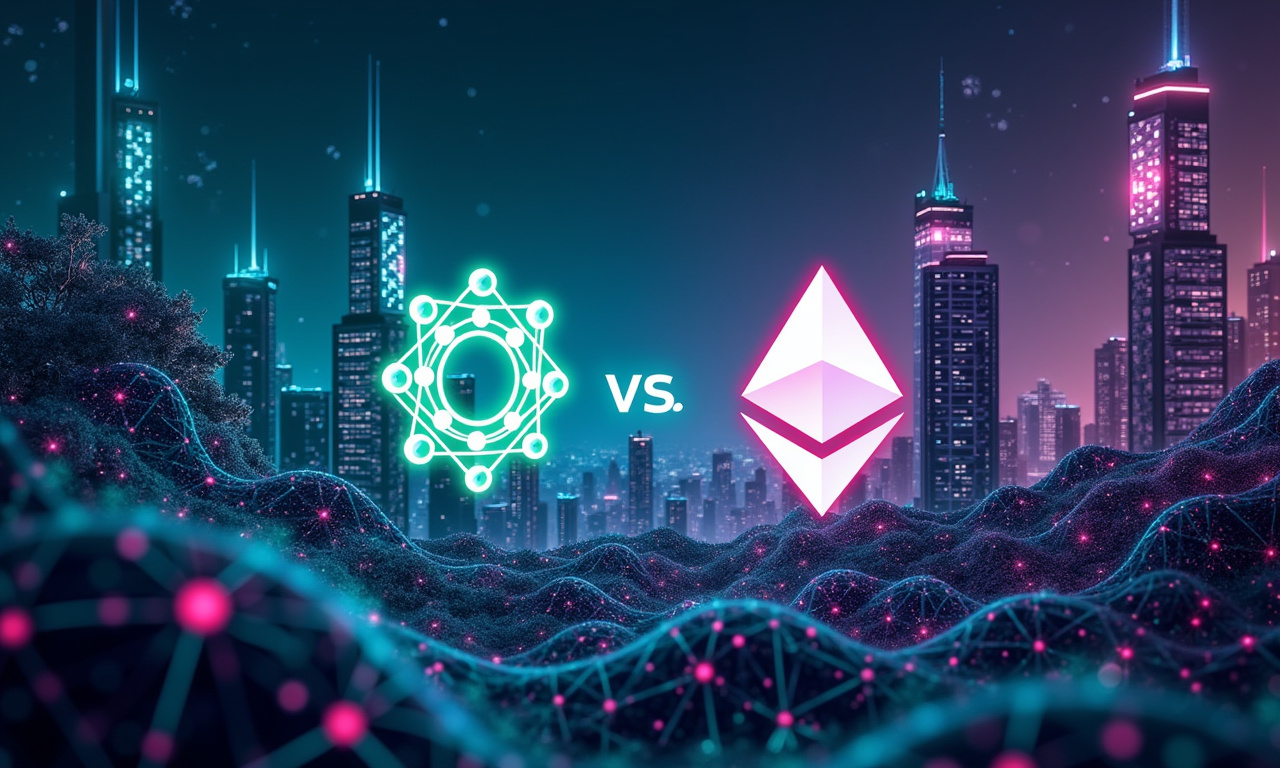
Polkadot and Ethereum Vie for Web3 Supremacy in 2025

Liu Wenjing
The battle for supremacy in the emerging world of Web3 is heating up. With each passing week, Polkadot and Ethereum are unleashing impressive new upgrades and innovations. These breakthroughs are to increase scalability, get more developers involved, and create more widespread adoption. As 2025 approaches, the competition between these blockchain platforms is crucial in shaping the future of decentralized applications and the overall Web3 landscape.
Ethereum, which launched in 2015, was the first to introduce smart contracts and was the first to create a massive ecosystem. Polkadot was created in 2020 by Ethereum co-founder Gavin Wood. It acts as a “blockchain of blockchains,” allowing for greater interoperability and increased scalability. Both platforms have been going through transformative changes that would reshape their standings within the competitive Web3 landscape.
Scalability and Throughput
One of the most critical factors in determining Web3 leadership is the ability to handle a high volume of transactions efficiently. Ethereum's current throughput is significantly lower than Polkadot's. Ethereum plans to scale out to somewhere between 60,000 and 100,000 TPS by 2025 with sharding and rollups.
With Polkadot’s multi-chain design, interoperability and speed across multiple chains are already at their best. During an internal test, it was able to process 143,000 tps. This remarkable performance is thanks to its architecture, which includes a central Relay Chain that offers shared security and coordination. With many parachains operating simultaneously, instant cross-chain messaging and resource-efficient scaling suggest performance is high and cost is low.
Polkadot’s transaction volume quadrupled year over year in 2024 spurred by new application development and rollups on top of its parachain technology. Trustless bridges, like Snowbridge, greatly increase Polkadot’s ability to connect many different blockchains. This development brings Polkadot much closer to being a serious contender in the scalability race.
Developer Activity and Ecosystem Growth
Attracting and retaining developers is the single most important factor for the long-term success of any blockchain platform. Ethereum is still an incredible ecosystem with thousands of dapps operating and tens of thousands of developers engaged. Second, in 2024, Ethereum was home to around 6,244 monthly active developers, pointing to its maturity and robust tooling.
Polkadot, despite being relatively newer, is doing a ton to attract developers to the ecosystem. In 2024, Polkadot still boasted about 1,200 monthly active devs. Polkadot ecosystem is preparing a new wave of developer-incentivizing updates. Providing blockchain developers a more efficient way to connect to various core layer ecosystems, one of these updates is the JAM protocol.
Ethereum's Pectra upgrade, EIP-7691, and Layer 2 solutions like Optimism are designed to enhance scalability and maintain its dApp dominance. Both platforms are actively being built and improved upon. This is a testament to their deep commitment to attracting and supporting innovation, talent, and growth in their ecosystems.
Governance and Community Engagement
Thoughtful governance and ongoing, robust community engagement will be critical for the long-term health and development of blockchain networks. Polkadot features a highly developed on-chain governance and treasury system. Here, DOT holders directly vote on network improvements and fund community proposals. This decentralized development approach not only makes the process dynamic, but it directly involves the community in shaping the platform’s future.
Ethereum also boasts a rapidly growing community. Today, there are 1.4 million unique participants in decentralized autonomous organizations (DAOs) on Ethereum’s network alone. This high level of participation indicates a strong and engaged community that is actively shaping the future of the platform.
Both platforms share a strong belief in the power of the community – the key to pushing the envelope on innovation and adoption. Their very different styles of governance personify their very different philosophies and priorities. As Web3 continues to develop, building a passionate and activated community is essential. These communities will be essential to achieving the long-term success that we want to see.


